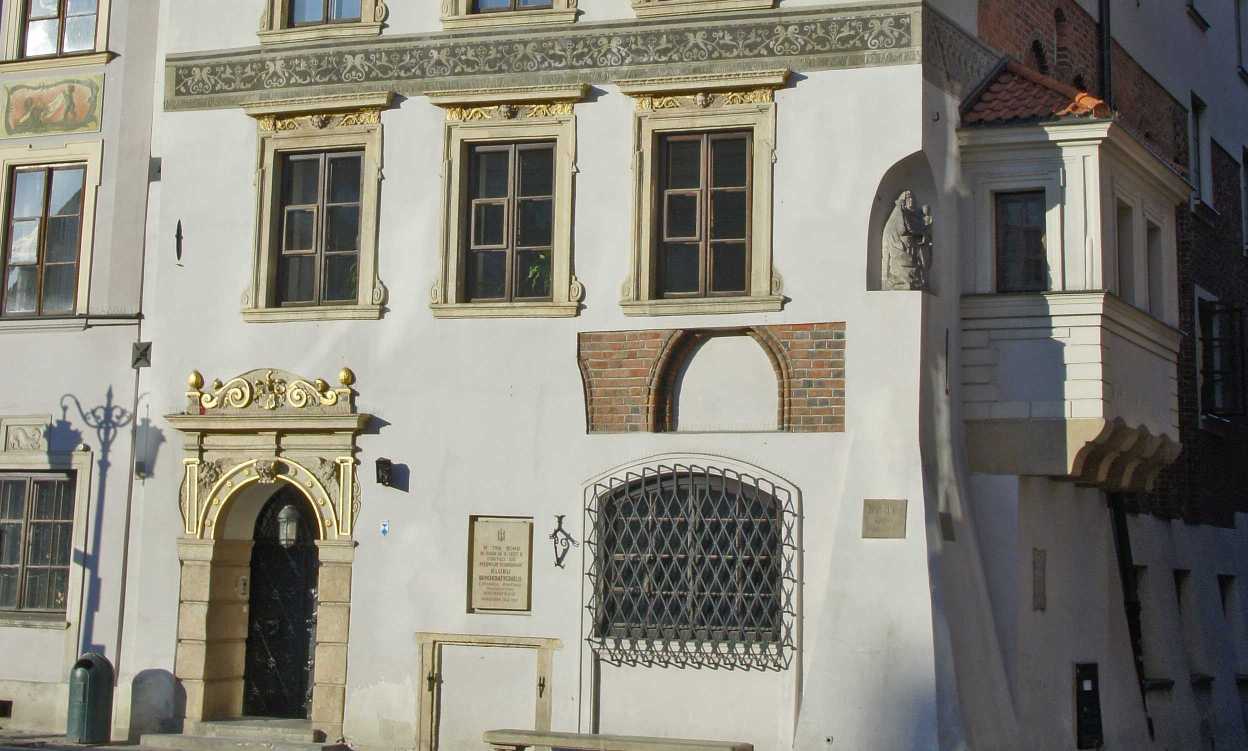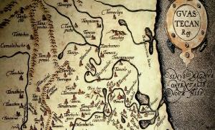Type
Canonical URL http://www.cidoc-crm.org/cidoc-crm/E55_Type
Tipo
Typ
Type
Type
Typus
Τύπος
Тип
类型
This class comprises concepts denoted by terms from thesauri and controlled vocabularies used to characterize and classify instances of CRM classes. Instances of E55 Type represent concepts in contrast to instances of E41 Appellation which are used to name instances of CRM classes. E55 Type is the CRM’s interface to domain specific ontologies and thesauri. These can be represented in the CRM as subclasses of E55 Type, forming hierarchies of terms, i.e. instances of E55 Type linked via P127 has broader term (has narrower term). Such hierarchies may be extended with additional properties.
| Property | Expected type | Definition |
|---|---|---|
| P101i_was_use_of |
E70_Thing
|
|
| P103i_was_intention_of |
E71_Man-Made_Thing
|
|
| P125i_was_type_of_object_used_in |
E7_Activity
|
|
| P127_has_broader_term |
E55_Type
|
This property identifies a super-Type to which an E55 Type is related. It allows Types to be organised into hierarchies. This is the sense of "broader term generic (BTG)" as defined in ISO 2788 |
| P127i_has_narrower_term |
E55_Type
|
|
| P135i_was_created_by |
E83_Type_Creation
|
|
| P137i_is_exemplified_by |
E1_CRM_Entity
|
|
| P150_defines_typical_parts_of |
E55_Type
|
This property associates an instance of E55 Type “A” with an instance of E55 Type “B”, when items of type “A” typically form part of items of type “B”, such as “car motors” and “cars”. It allows types to be organised into hierarchies based on one type describing a typical part of another. This property is equivalent to "broader term partitive (BTP)" as defined in ISO 2788 and “broaderPartitive” in SKOS. |
| P150i_defines_typical_wholes_for |
E55_Type
|
|
| P21i_was_purpose_of |
E7_Activity
|
|
| P2i_is_type_of |
E1_CRM_Entity
|
|
| P32i_was_technique_of |
E7_Activity
|
|
| P42i_was_assigned_by |
E17_Type_Assignment
|
|
| Property | On types | Definition |
| P101_had_as_general_use |
E70_Thing
|
This property links an instance of E70 Thing to an E55 Type of usage.
It allows the relationship between particular things, both physical and immaterial, and general methods and techniques of use to be documented. Thus it can be asserted that a baseball bat had a general use for sport and a specific use for threatening people during the Great Train Robbery.
|
| P103_was_intended_for |
E71_Man-Made_Thing
|
This property links an instance of E71 Man-Made Thing to an E55 Type of usage.
It creates a property between specific man-made things, both physical and immaterial, to Types of intended methods and techniques of use. Note: A link between specific man-made things and a specific use activity should be expressed using P19 was intended use of (was made for).
|
| P125_used_object_of_type |
E7_Activity
|
This property defines the kind of objects used in an E7 Activity, when the specific instance is either unknown or not of interest, such as use of "a hammer".
|
| P127_has_broader_term |
E55_Type
|
This property identifies a super-Type to which an E55 Type is related.
It allows Types to be organised into hierarchies. This is the sense of "broader term generic (BTG)" as defined in ISO 2788
|
| P127i_has_narrower_term |
E55_Type
|
|
| P135_created_type |
E83_Type_Creation
|
This property identifies the E55 Type, which is created in an E83Type Creation activity.
|
| P137_exemplifies |
E1_CRM_Entity
|
This property allows an item to be declared as a particular example of an E55 Type or taxon
The P137.1 in the taxonomic role property of P137 exemplifies (is exemplified by) allows differentiation of taxonomic roles. The taxonomic role renders the specific relationship of this example to the Type, such as "prototypical", "archetypical", "lectotype", etc. The taxonomic role "lectotype" is not associated with the Type Creation (E83) itself, but selected in a later phase.
|
| P150_defines_typical_parts_of |
E55_Type
|
This property associates an instance of E55 Type “A” with an instance of E55 Type “B”, when items
of type “A” typically form part of items of type “B”, such as “car motors” and “cars”.
It allows types to be organised into hierarchies based on one type describing a typical part of another.
This property is equivalent to "broader term partitive (BTP)" as defined in ISO 2788 and
“broaderPartitive” in SKOS.
|
| P150i_defines_typical_wholes_for |
E55_Type
|
|
| P21_had_general_purpose |
E7_Activity
|
This property describes an intentional relationship between an E7 Activity and some general goal or purpose.
This may involve activities intended as preparation for some type of activity or event. P21had general purpose (was purpose of) differs from P20 had specific purpose (was purpose of) in that no occurrence of an event is implied as the purpose.
|
| P2_has_type |
E1_CRM_Entity
|
This property allows sub typing of CRM entities - a form of specialisation – through the use of a terminological hierarchy, or thesaurus.
The CRM is intended to focus on the high-level entities and relationships needed to describe data structures. Consequently, it does not specialise entities any further than is required for this immediate purpose. However, entities in the isA hierarchy of the CRM may by specialised into any number of sub entities, which can be defined in the E55 Type hierarchy. E51 Contact Point, for example, may be specialised into “e-mail address”, “telephone number”, “post office box”, “URL” etc. none of which figures explicitly in the CRM hierarchy. Sub typing obviously requires consistency between the meaning of the terms assigned and the more general intent of the CRM entity in question.
|
| P32_used_general_technique |
E7_Activity
|
This property identifies the technique or method that was employed in an activity.
These techniques should be drawn from an external E55 Type hierarchy of consistent terminology of general techniques or methods such as embroidery, oil-painting, carbon dating, etc. Specific documented techniques should be described as instances of E29 Design or Procedure. This property identifies the technique that was employed in an act of modification.
|
| P42_assigned |
E17_Type_Assignment
|
This property records the type that was assigned to an entity by an E17 Type Assignment activity.
Type assignment events allow a more detailed path from E1 CRM Entity through P41 classified (was classified by), E17 Type Assignment, P42 assigned (was assigned by) to E55 Type for assigning types to objects compared to the shortcut offered by P2 has type (is type of).
For example, a fragment of an antique vessel could be assigned the type “attic red figured belly handled amphora” by expert A. The same fragment could be assigned the type “shoulder handled amphora” by expert B.
A Type may be intellectually constructed independent from assigning an instance of it.
|
| predicate | object |
|---|---|
| comment |
"This class comprises concepts denoted by terms from thesauri and controlled vocabularies used to characterize and classify instances of CRM classes. Instances of E55 Type represent concepts in contrast to instances of E41 Appellation which are used to name instances of CRM classes.
E55 Type is the CRM’s interface to domain specific ontologies and thesauri. These can be represented in the CRM as subclasses of E55 Type, forming hierarchies of terms, i.e. instances of E55 Type linked via P127 has broader term (has narrower term). Such hierarchies may be extended with additional properties.
"@en
|
| label |
"Tipo"@pt
"Typ"@pl "Type"@en "Type"@fr "Typus"@de "Τύπος"@el "Тип"@ru "类型"@zh |
| type |
owl:Class
|
| subClassOf |
E28_Conceptual_Object
|

